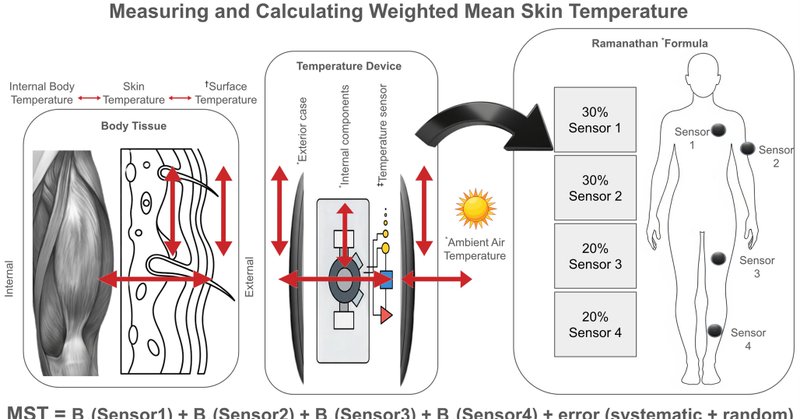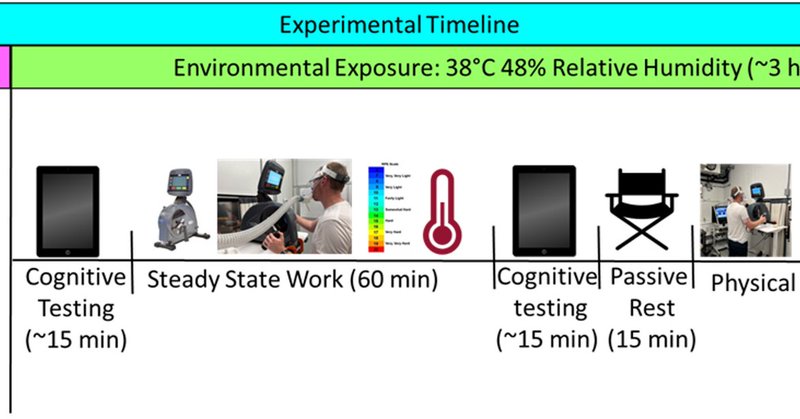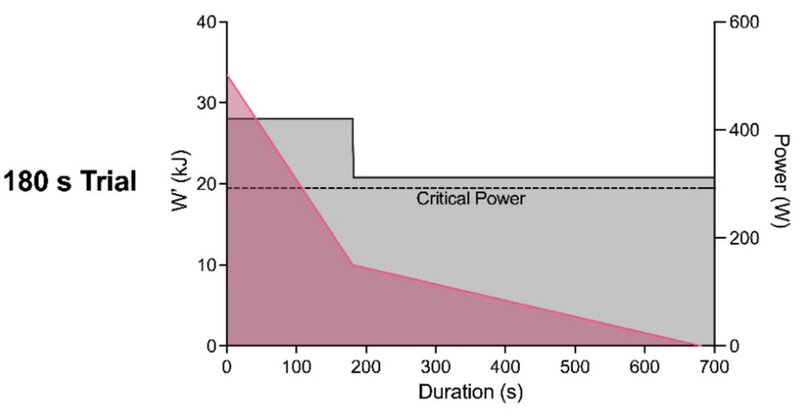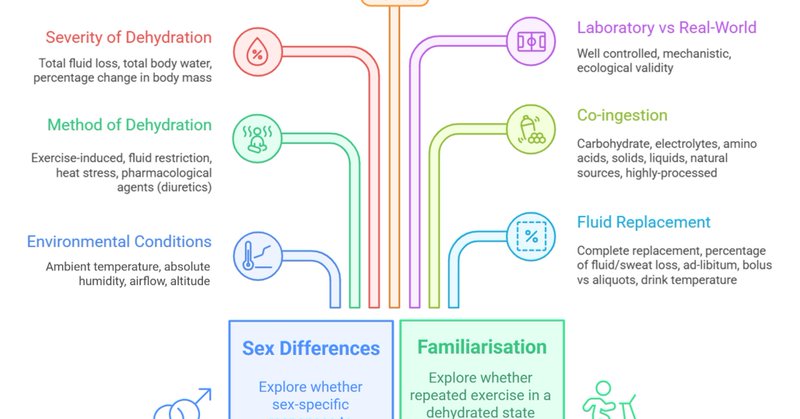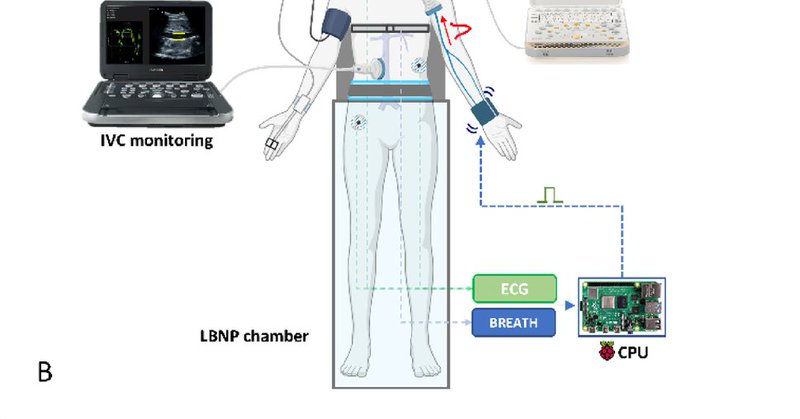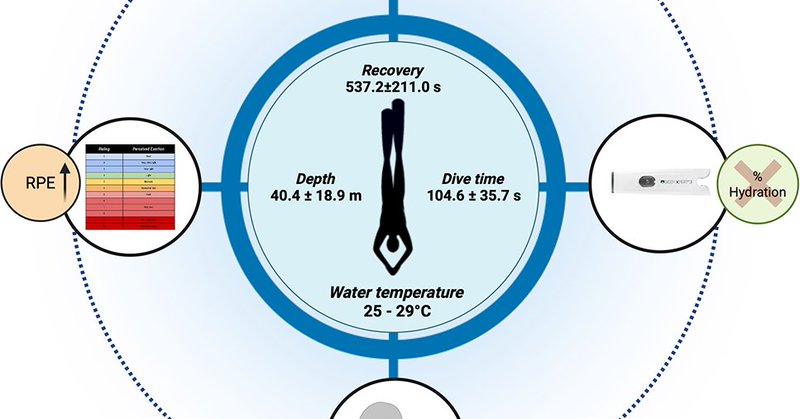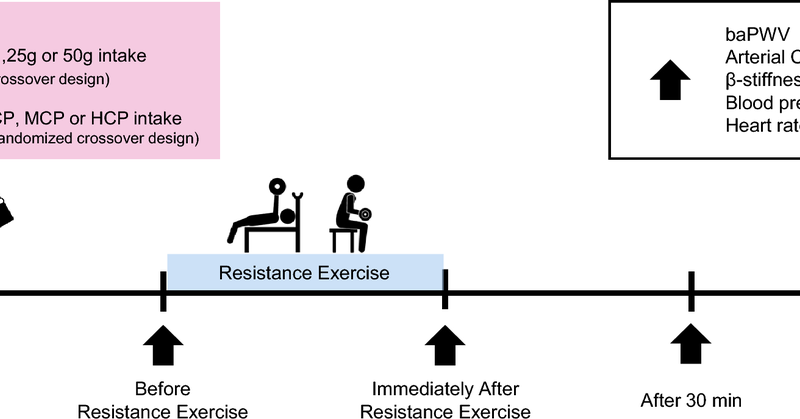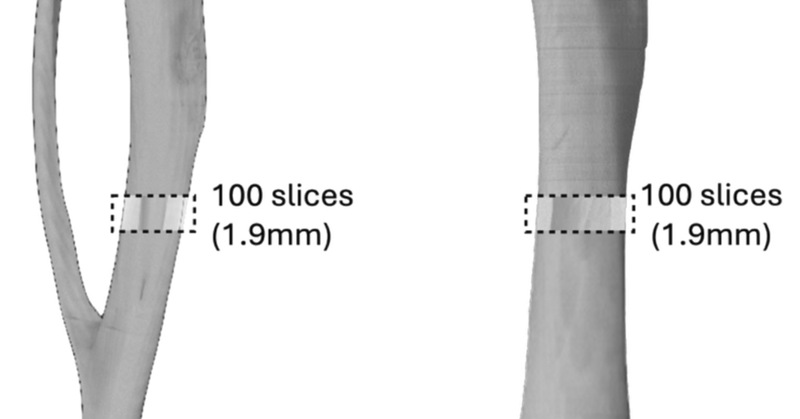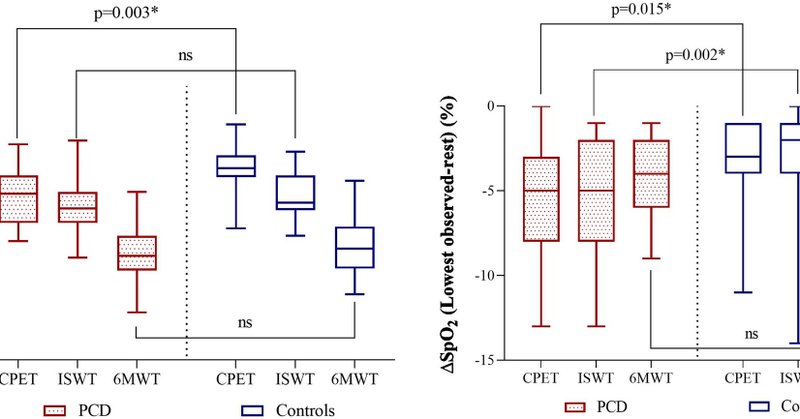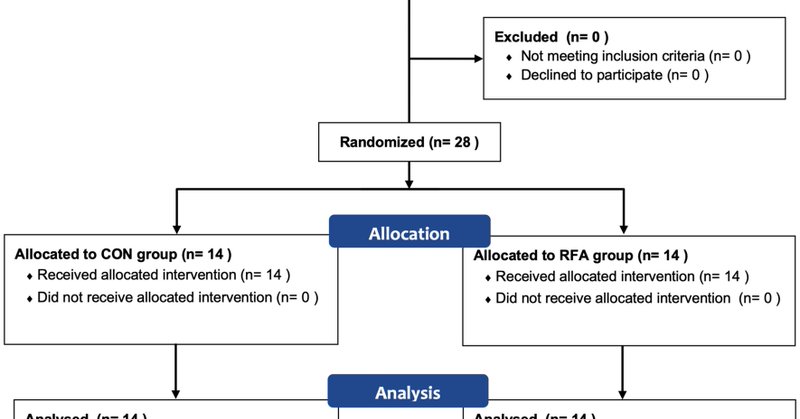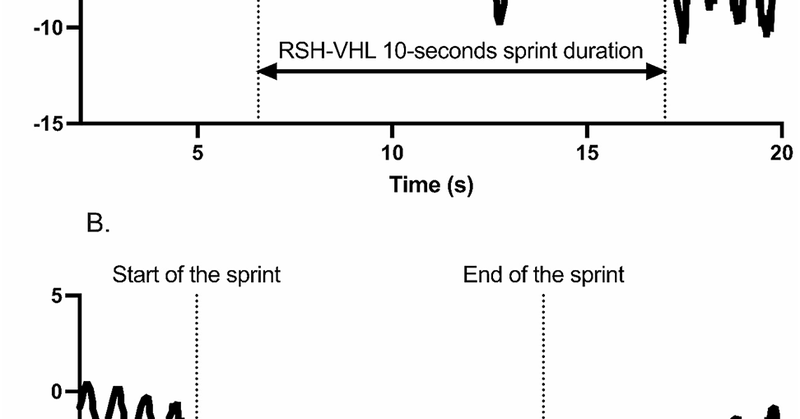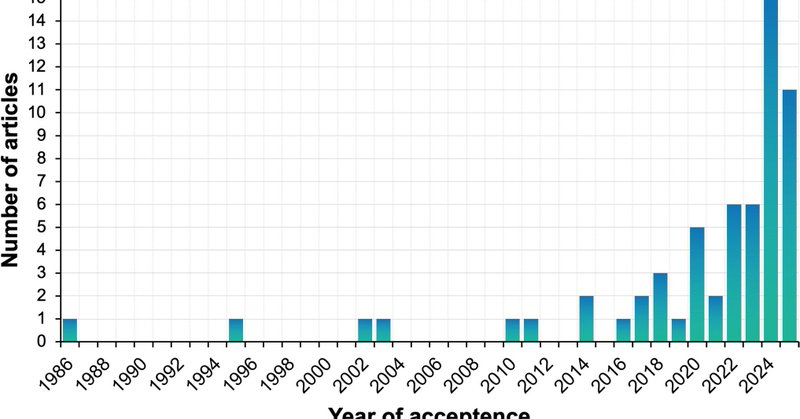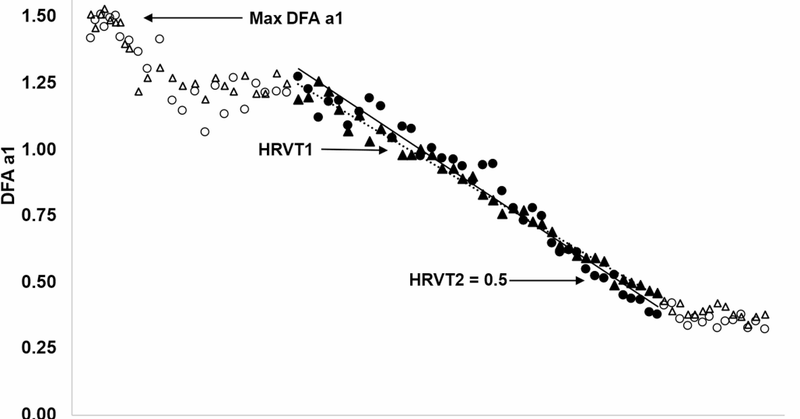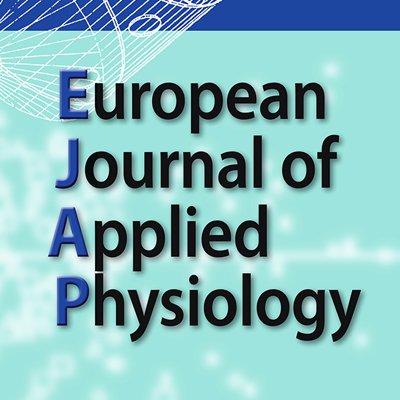
European Journal of Applied Physiology
@EJAP_official
Followers
5K
Following
979
Media
312
Statuses
1K
Springer Verlag
Heidelberg, Germany
Joined November 2016
Accurate skin temperature measurement is crucial for health insights. A recent study examined the validity of two sensors, revealing that random bias may affect their performance, which is essential for reliable temperature readings. https://t.co/MLymtS6gcm
link.springer.com
European Journal of Applied Physiology -
0
2
5
Research involving twelve healthy adults tested the effects of foot cooling on cognitive performance and heart rate during exercise in heat. Findings indicated that while cooling had little impact on performance, it did moderate heart rate increases. https://t.co/aaNkMO5nty
link.springer.com
European Journal of Applied Physiology - To identify the effect size regarding glabrous skin foot cooling on core temperature, cognitive performance, and physical work capacity (PWC) during mild...
0
2
2
A response to Desgorces highlights the challenges in quantifying PA density. The authors argue for a PA-specific definition that considers timing and intervals between activity bouts, contributing to a clearer understanding of this variable. https://t.co/sqO7HIk7p2
0
0
2
The European Journal of Applied Physiology reports that cyclists maintained higher work output above critical power when work rate was reduced prior to failure. This challenges the notion of W′ as a fixed parameter, showing adaptability in performance. https://t.co/Fcwg1yLvkm
link.springer.com
European Journal of Applied Physiology - This study assesses the finite work capacity (W′) above critical power (CP) when work rate is reduced during severe intensity exercise and whether...
0
6
32
The article points out significant gaps in research regarding sex differences in dehydration responses during endurance exercise, noting that females may experience greater physiological strain due to body composition differences. https://t.co/aoqkwgfuQ3
link.springer.com
European Journal of Applied Physiology -
0
1
4
Findings indicate that while collapsibility indices showed limited response, pulse wave velocity and inferior vena cava diameter were notably affected by lower body negative pressure, suggesting vPWV's sensitivity to blood volume changes. https://t.co/KhPCVPqCDn
link.springer.com
European Journal of Applied Physiology - Non-invasive assessment of the volemic status is still an open and urgent clinical need. The pulse wave velocity in the venous compartment (vPWV) has...
0
0
1
Research involving 23 healthy young adults found that stable long squats (6-min) and their intermittent form (6x1-min) significantly reduced arterial stiffness. In contrast, unstable long squats increased stiffness, but the intermittent format did not. https://t.co/Z2Xz7SGvTv
link.springer.com
European Journal of Applied Physiology - Under stable and unstable conditions, we examined acute changes in arterial stiffness in response to static squat exercises of different durations and...
0
0
1
A study in the European Journal of Applied Physiology examines how light touch affects balance stability in healthy individuals. Sixteen males performed balance tasks on different surfaces while their center of pressure and EEG were recorded. https://t.co/qERDKeOUzW
link.springer.com
European Journal of Applied Physiology - To investigate the effect of light touch (LT) on balance stability in different postural control tasks among healthy subjects, and to obtain neural evidence...
0
0
1
Research involving 24 experienced breath-hold divers revealed that repeated deep dives led to increased levels of ROS, IL-6, and TNF-α, indicating potential oxidative and inflammatory responses after training sessions. https://t.co/INgtjeRICK
link.springer.com
European Journal of Applied Physiology - Breath-hold divers (BHDs) often undergo repeated depth training, but the cumulative physiological consequences of such routines remain poorly...
0
0
1
A study examined how dark chocolate intake affects arterial stiffness post-resistance exercise. Eleven healthy young men participated in trials with varying chocolate volumes and polyphenol content. https://t.co/ScOkJzBhaG
link.springer.com
European Journal of Applied Physiology - This study investigated the effects of dark chocolate intake volume and cocoa polyphenol content on arterial stiffness after resistance exercise. Experiment...
0
0
1
Findings indicate that 8 weeks of jump training enhances cancellous bone morphology specifically in the proximal tibia, while no changes were noted in the distal femur. This suggests targeted adaptations based on exercise type. https://t.co/joYTzk8PWb
link.springer.com
European Journal of Applied Physiology - High-impact loading, such as jump exercise, is effective to increase bone mass and strength. However, the effect of high-impact loading on regional bone...
0
1
2
This study in examines how skeletal muscle phenotype influences systolic blood pressure (SBP) responses after exercise. Findings show that muscle fiber composition affects SBP reduction post-interval exercise. https://t.co/FnNh5YXyGM
link.springer.com
European Journal of Applied Physiology - The inter-individual responses in systolic blood pressure (SBP) vary from no change to marked reduction after acute exercise. We hypothesized that skeletal...
0
0
3
Nutraceutical Collection: Nutraceuticals are nutritional supplements encompassing foods or food components providing health, performance or medical benefits. In sports they are utilized to enhance performance & improve muscle & whole-body recovery. https://t.co/DuN4I0fIKb
0
1
2
Research involving 23 children with PCD and 23 healthy peers reveals that while CPET and ISWT yield similar heart rate and oxygen saturation, the 6MWT shows lower responses, indicating unique exercise challenges for those with PCD. https://t.co/MLrERtNiPl
link.springer.com
European Journal of Applied Physiology - Primary ciliary dyskinesia (PCD) is a rare disorder characterized by defective motile cilia, impairing airway mucociliary clearance. Children with PCD...
0
0
1
Findings reveal that postmenopausal women who participated in a 12-week somatosensory game program showed significant reductions in arterial stiffness compared to those who maintained their usual lifestyle without structured exercise. https://t.co/1n52TDuoR0
link.springer.com
European Journal of Applied Physiology - The aim of this study was to investigate the effects of 12-week somatosensory games on arterial stiffness, antioxidant enzyme activity, and lipid profiles...
0
0
1
A study in the European Journal of Applied Physiology compares repeated sprint training in normoxia, hypoventilation, and end-expiratory breath hold. Results show RSH-VHL induced greater hypoxemic stress than normoxia. https://t.co/s13dUAyssH
link.springer.com
European Journal of Applied Physiology - Repeated sprint training in hypoxia (RSH) performed with voluntary hypoventilation at low lung volumes (RSH-VHL) has been proposed as an alternative to RSH....
0
0
1
A comprehensive literature review identifies 60 peer-reviewed articles on IEq4 La_(max), detailing its development, reliability, and application in sports like cycling, running, and swimming. This aims to standardize understanding among researchers. https://t.co/j2XceWy3R2
link.springer.com
European Journal of Applied Physiology - Maximal lactate accumulation rate ( $${\dot{\text{c}}}$$ Lamax) has recently gained increased attention in exercise science as a parameter characterising...
0
0
1
The study found that Fatmaxxer’s DFA a1 responses closely matched those from Kubios HRV software, with minimal bias. This suggests that the app can effectively monitor heart rate variability during endurance exercise. https://t.co/8Sf9kmEOzT
link.springer.com
European Journal of Applied Physiology - The nonlinear index of heart rate (HR) variability (HRV), based on detrended fluctuation analysis (DFA a1), is recognized for its value in assessing...
0
0
2
Research highlights that as individuals age, the maximal oxygen extraction coefficient decreases from 0.80 at age 20 to 0.60 by age 75-80. This change is significant in understanding oxygen utilization in muscles over time. https://t.co/z1JBY9o3GH
link.springer.com
European Journal of Applied Physiology - Maximal oxygen uptake ( $$\:\dot{\text{V}}$$ O2max) decays with aging due to decreased maximal cardiac output ( $$\:\dot{\text{Q}}$$ max) and the...
0
0
2
Findings indicate that while road camber influences muscle activation and movement patterns, it does not negatively impact running economy for trained runners. This insight may help athletes navigate varied terrain more effectively. https://t.co/d9jlqBFT0B
link.springer.com
European Journal of Applied Physiology - Distance runners will often encounter a camber during running. Camber refers to when the road is slanted on a cross-slope angle to promote water drainage....
0
0
1

